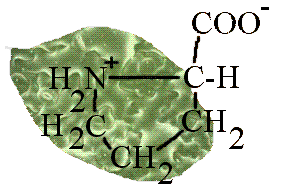 |
EFFECTS OF ABIOTIC STRESS
ON PLANTS
Drought stress |
|
| Introduction Drought stress Heavy metal stress
|
 Fields of oilseed rape in flower in the UK. This crop is a major source of edible oils in many parts of the world. Drought is one of the most serious world-wide problems for agriculture. Four-tenths of the world's agricultural land lies in arid or semi-arid regions. Transient droughts can cause death of livestock, famine and social dislocation. Other agricultural regions have consistently low rain-fall and rely on irrigation to maintain yields. In both circumstances, crop plants which can make the most efficient use of water and maintain acceptable yields will be at an advantage. One recent research project at Liverpool has investigated the potential within oilseed brassicas for breeding for drought tolerance. These plants are a closely related group of species within the Brassicaceae (cabbage family). They are the main edible plant oil crop in Europe, and a major crop in other parts of the world, including North America and Asia. There is considerable genetic variability within and among brassica species. To exploit this to breed more tolerant cultivars requires assessment methods capable of screening large numbers of plants. This project examined the effects of drought from germination to seed set on 5 species of oilseed brassica, covering a total of 120 varieties. The parameters assessed ranged from the percentage of seeds that germinated through morphological characters to measurements of intracellular solutes.  The dry weight of seedlings rises as they are subjected to increasing water stress, as they accumulate increased amounts of solutes. This study showed that drought tolerance is a complex trait where several characters influence plant success during the life-cycle. Many characters are highly heritable, and additive, indicating that there is considerable scope for improvement of drought tolerance even in modern brassica cultivars.
|
